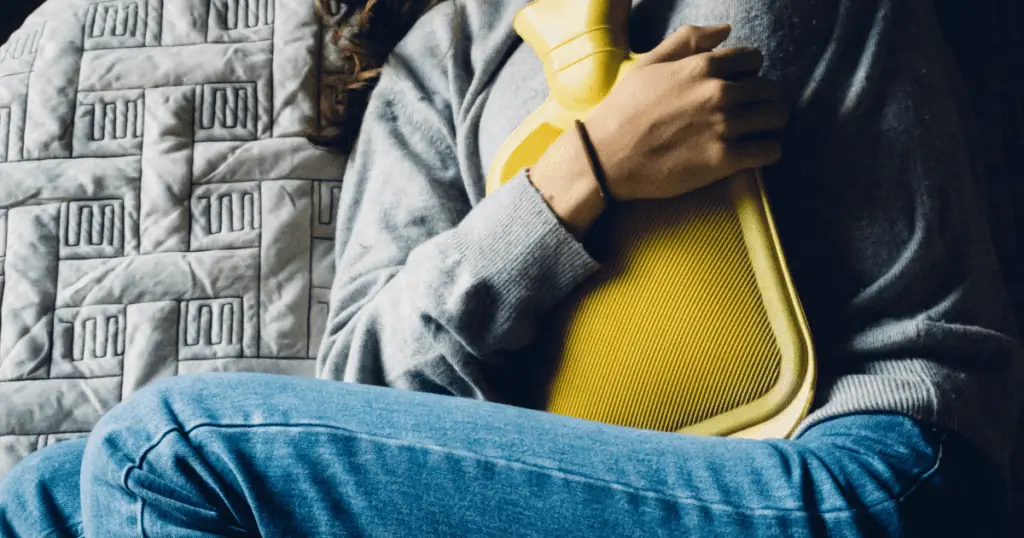All About Childbirth Afterpains

Childbirth afterpains are one of those things that: “nobody tells you about!” So let me be the one to rectify that.
When I first heard about childbirth afterpains, my mind went to the perhaps grim analogy of an earthquake. Forgive me. I grew up in Los Angeles, California where we did earthquake drills regularly in school, and I lived through 2 – 3 actual quakes.
So what does childbirth have in common with earthquakes? At least three things:
- They are natural events that are part of life on earth.
- You never know exactly when it’s going to happen.
- Once it’s over you may have some aftershocks.
Aftershocks are lower magnitude tremors that follow the principal earthquake. They feel similar but are less intense. The same could be said for childbirth afterpains.
What are childbirth afterpains?
Afterpains are uterine contractions that occur in the hours and days after childbirth. Similar to menstrual pains, these contractions can be felt as cramping, discomfort, or pain in the lower abdomen or lower back. While they are not as strong as labor contractions, they are uncomfortable and may catch you by surprise. You may need to pause and really focus on breathing deeply until the pain passes.
Breastfeeding stimulates these postpartum contractions. So, you may experience cramping from contractions during feeding sessions in the early days after birth.
Why do afterpains happen?
Afterpains are a normal part of the postpartum recovery process and necessary to return your uterus to its pre-pregnancy size. Over 40+ weeks of pregnancy your uterus grows 25 times its original size. Post-birth contractions are part of the process which shrink your uterus back down within about six weeks. The contractions help to expel any remaining tissue and blood clots, which can also help to reduce the risk of postpartum bleeding.
How long will they last?
Afterpains usually last for a few days after delivery and typically peak on the second or third day. They tend to be more intense when you’ve had multiple pregnancies.
After I gave birth to my first child, I had mild afterpains I hardly noticed. With my second, they were much more intense (but still not as strong as labor contractions.) I mostly felt them while breastfeeding in the first couple days.
Afterpains will occur whether you give birth vaginally or by cesarean section. In both cases, your womb still needs to shrink down to its original size.
How can you cope and manage childbirth afterpains?
Here are some doula tips:
- Utilize the same deep breathing and relaxation techniques you learned and practiced for labor. This was the primary way I personally got through the pain. (We teach these techniques in our childbirth classes!)
- Use a heating pad, heated rice sock or hot water bottle on your lower abdomen or lower back to help ease the discomfort.
- Take pain medication, such as ibuprofen, as directed by your healthcare provider.
- Stay well hydrated, as dehydration can increase the intensity of afterpains.
- Rest as much as possible and avoid strenuous activity.
Remember that afterpains are a normal part of the postpartum recovery process, and they will eventually subside. However, if you experience severe or prolonged after pains, or if you have any concerns, don’t hesitate to contact your care provider.
Don’t worry! There is nothing else in common between earthquakes and childbirth. At the end of the day you will have your precious baby in your arms and be madly in love. Labor and birth can be a triumphant and empowering right of passage for new parents. You are guaranteed to surprise yourself with your own strength, and feel a tremendous sense of accomplishment.
